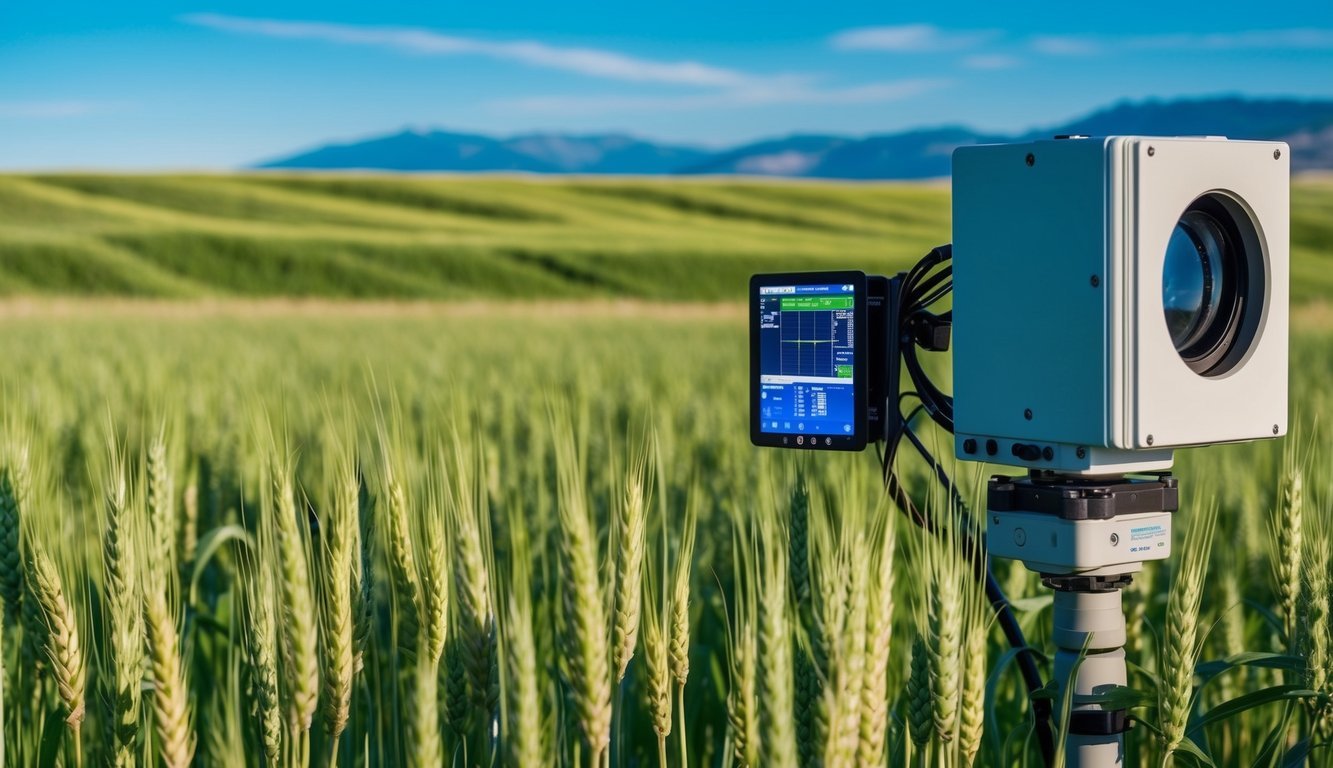
A recent study by two graduate students from Montana State University’s College of Agriculture has shed light on innovative strategies to tackle the menacing wheat stem sawfly, a pest causing serious damage to local agriculture.
The stakes are high for Montana’s farmers, with projected losses from this pest reaching up to $66 million in 2024.
Research Overview
Under the mentorship of Professor David Weaver, doctoral student Jackson Strand and master’s candidate Lochlin Ermatinger undertook research exploring new ways to combat these agricultural invaders.
Their work focused on understanding the sawflies’ impact on crops while pinpointing weaknesses that could be exploited for better pest management.
Strand investigated the implications of smooth brome, a common grass found throughout Montana, on sawfly populations within wheat fields.
Meanwhile, Ermatinger harnessed remote sensing technology to develop a model for the early detection of infestations.
Sustainable Pest Management
Strand pressed on the vital need for sustainable alternatives to chemical pest control, emphasizing that traditional pesticides often fall short in dealing with sawflies.
His research indicated that promoting the growth of smooth brome might bolster the defense of nearby wheat crops by attracting helpful organisms known as parasitoids, which feed on sawfly larvae.
In his lab work, Strand examined the volatile organic compounds emitted by both smooth brome and wheat plants.
He found that wheat plants attacked by sawflies underwent significant chemical transformations.
Notably, smooth brome released higher levels of certain compounds associated with stress in plants, which could draw parasitoids to the area, providing a natural form of pest control.
Innovative Detection Methods
On a different front, Ermatinger focused on the power of remote sensing to catch sawfly infestations in their infancy.
By analyzing satellite images and conducting hands-on inspections of wheat stems, he crafted a model that maps infestation levels across fields.
This method has significant implications for the effectiveness of pest control strategies.
Throughout their research, both students collaborated with local farmers, gaining invaluable insights into how their findings could be applied in real-world situations.
They expressed gratitude for the supportive environment at Montana State University, which encouraged them to explore academic avenues they had not initially considered.
This collaboration between theory and practice offers hope for more effective management of wheat stem sawflies in the future.
Source: ScienceDaily

